
Ultimate Roadmap to Become a Java Full Stack Developer
Feb 05, 2025 4 Min Read 1669 Views
(Last Updated)
Have you ever wondered what it takes to become a Java Full-Stack Developer, one of the most in-demand roles in the tech industry? With the perfect blend of back-end and front-end skills, Java Full-Stack Developers are at the forefront of building dynamic, scalable, and user-friendly applications.
This roadmap is your ultimate guide to mastering Java development from scratch, even for beginners. Let’s dive into the essentials, frameworks, and tools that will set you up for success in this thriving career.
Table of contents
- Phase 1: Learn the Fundamentals
- 1 Core Programming Concepts
- Phase 2: Master Java
- 1 Core Java
- 2 Advanced Java
- Phase 3: Database Management
- 1 Relational Databases (SQL)
- 2 NoSQL Databases
- Phase 4: Back-End Development (Java Frameworks)
- 1 Java Servlets and JSP
- 2 Spring Framework
- Phase 5: Front-End Development
- 1 Core Front-End Technologies
- 2 Front-End Frameworks
- Phase 6: Build RESTful APIs and Web Services
- 1 REST API Design
- 2 API Implementation with Spring Boot
- Phase 7: Version Control and Collaboration
- 1 Git and GitHub
- Phase 8: Testing
- 1 Unit Testing
- 2 Integration Testing
- Phase 9: DevOps and Deployment
- 1 Build Tools
- 2 Continuous Integration / Continuous Deployment (CI/CD)
- 3 Containerization
- Phase 10: Cloud Computing
- 1 Cloud Platforms
- 2 Cloud Databases
- Phase 11: Soft Skills and Collaboration
- 1 Agile Methodology
- 2 Communication and Collaboration
- Final Phase: Build Projects and Portfolio
- 1 Full-Stack Projects
- 2 Portfolio Website
- Wrapping Up
- Frequently Asked Questions
- What is a Java Full Stack Developer?
- What are the essential skills needed to become a Java Full Stack Developer?
- What role do databases play in Full Stack Development?
Phase 1: Learn the Fundamentals
1.1 Core Programming Concepts
Before jumping into Java, it’s essential to understand fundamental programming concepts.
- Basics of Programming: Variables, data types, control structures (if-else, loops), and functions.
- Object-Oriented Programming (OOP): Understand the four pillars (Encapsulation, Inheritance, Polymorphism, and Abstraction).
Phase 2: Master Java
2.1 Core Java
- Basic Java Syntax: Learn the basic syntax, variables, operators, and control structures.
- OOP in Java: Classes, objects, constructors, inheritance, interfaces, and polymorphism.
- Collections Framework: Understand Java collections like List, Map, Set, and their implementations.
- Multithreading: Learn about creating threads, thread synchronization, and concurrent programming.
- Exception Handling: Try-catch blocks, custom exceptions.
- File I/O: Learn how to read and write files in Java.
Resources:
- Book: “Head First Java” by Kathy Sierra.
- Online: Oracle’s official Java tutorials, Udemy, Coursera.
2.2 Advanced Java
- Generics: Parameterized types, working with type safety.
- Streams and Lambda Expressions: Understand how to work with streams for functional programming.
- JVM Internals: Understand how the Java Virtual Machine works, including garbage collection and memory management.
Phase 3: Database Management
3.1 Relational Databases (SQL)
- SQL Basics: Learn to create, read, update, and delete data using SQL.
- Joins and Aggregations: Understand how to combine data from multiple tables and perform data summarizations.
- Database Design: Learn about normalization, indexing, and relationships (one-to-one, one-to-many, many-to-many).
Tools:
- MySQL or PostgreSQL: Install and work with a relational database.
3.2 NoSQL Databases
- MongoDB: Learn how to work with NoSQL databases to handle unstructured or semi-structured data.
Phase 4: Back-End Development (Java Frameworks)
4.1 Java Servlets and JSP
- Java Servlets: Learn how to handle HTTP requests/responses using Servlets.
- JSP (Java Server Pages): Learn how to build dynamic web pages using Java code embedded in HTML.
4.2 Spring Framework
Spring is a powerful Java framework widely used for building enterprise-level applications.
- Spring Core: Dependency Injection (DI), Inversion of Control (IoC) principles.
- Spring Boot: Build stand-alone Spring applications with minimal configuration. Master the following:
- Creating RESTful APIs using Spring Boot.
- Handling HTTP requests and responses.
- Using annotations like @RestController, @RequestMapping, @GetMapping, etc.
- Spring Data JPA: Work with databases using ORM (Object-Relational Mapping). Learn how to use JPA and Hibernate.
- Spring Security: Implement security features like user authentication and authorization.
- Spring MVC: Understand how to build web applications with Spring’s Model-View-Controller pattern.
Resources:
- Book: “Spring in Action” by Craig Walls.
- Online: Spring’s official documentation, Udemy courses.
Phase 5: Front-End Development
5.1 Core Front-End Technologies
- HTML: Structure of web pages, elements, attributes, and forms.
- CSS: Styling web pages with CSS, including layouts (Flexbox, Grid), and responsive design using Bootstrap.
- JavaScript: Core programming language for front-end development. Learn how to manipulate the DOM, work with events, and handle asynchronous operations using promises and async/await.
5.2 Front-End Frameworks
React.js: Learn how to build dynamic, component-based front-end applications using React.
- Components, JSX, props, and state management.
- Working with hooks and handling forms.
- Consuming APIs and rendering data on the UI.
Angular: If you prefer Angular, learn about components, services, dependency injection, and how to work with Angular’s template syntax.
Vue.js: A lightweight, approachable alternative to React and Angular for building front-end interfaces.
Resources:
- Courses: Udemy or FreeCodeCamp for hands-on practice with React, Angular, or Vue.
Phase 6: Build RESTful APIs and Web Services
6.1 REST API Design
- HTTP Methods: GET, POST, PUT, DELETE, PATCH.
- JSON: JavaScript Object Notation is the format used for API requests and responses.
- API Design Principles: Learn about versioning, statelessness, and RESTful principles.
6.2 API Implementation with Spring Boot
- Build a RESTful API using Spring Boot.
- Understand how to handle requests and responses, including validation and error handling.
- Integrate with databases using Spring Data JPA.
Phase 7: Version Control and Collaboration
7.1 Git and GitHub
- Git: Learn how to initialize repositories, stage changes, make commits, and use branching strategies.
- GitHub: Host your projects on GitHub and collaborate with others using pull requests and code reviews.
Phase 8: Testing
8.1 Unit Testing
- Learn to write unit tests using JUnit and Mockito for mocking dependencies.
- Understand how to apply the Test-Driven Development (TDD) approach.
8.2 Integration Testing
- Learn how to test the interaction between various components of your application.
- Use Spring Boot’s Testing module to test REST APIs.
Phase 9: DevOps and Deployment
9.1 Build Tools
- Maven/Gradle: Learn to manage project dependencies and automate the build process.
9.2 Continuous Integration / Continuous Deployment (CI/CD)
- Learn about CI/CD pipelines using Jenkins or GitLab CI.
- Automate testing, building, and deploying your application.
9.3 Containerization
- Learn Docker to containerize your Java applications.
- Understand how to create Docker images, work with Docker containers, and deploy applications in different environments.
Phase 10: Cloud Computing
10.1 Cloud Platforms
- Learn how to deploy Java applications to cloud platforms like:
- AWS (Amazon Web Services).
- Google Cloud Platform (GCP).
- Microsoft Azure.
10.2 Cloud Databases
- Understand how to use cloud-based databases like AWS RDS or Google Cloud Firestore.
Phase 11: Soft Skills and Collaboration
11.1 Agile Methodology
- Learn Agile practices like Scrum and how to work in sprints.
- Use tools like JIRA or Trello to track progress and manage tasks.
11.2 Communication and Collaboration
Work on improving your communication skills, which are essential for working in teams and collaborating with clients or stakeholders.
Final Phase: Build Projects and Portfolio
12.1 Full-Stack Projects
E-commerce Platform: Build an e-commerce site with product listings, shopping cart, and payment integration.
Blogging Platform: A platform with user authentication, where users can post, edit, and delete articles.
Task Management Tool: Build a full-stack tool with user login, task creation, and real-time updates using websockets.
12.2 Portfolio Website
Create a personal website where you showcase your projects, skills, and experience.
Unlock your potential as a Java Full-Stack Developer with our comprehensive Java Full-Stack development course! Dive deep into the world of Java, mastering front-end and back-end development to build powerful, dynamic web applications. Gain hands-on experience with essential tools and frameworks like Spring Boot, Hibernate, Angular, and React, all while learning best practices for performance optimization and scalable coding. Start your journey today and become the all-in-one developer every company is searching for!
Wrapping Up
Kickstarting the journey to become a Java Full Stack Developer might seem challenging, but each phase brings you closer to mastering this versatile skill set. From building solid programming fundamentals to deploying full-fledged applications on cloud platforms, this roadmap equips you with everything you need to excel.
The world of tech is evolving rapidly, and so can you. By following this roadmap and consistently working on projects, you’ll gain confidence and create a portfolio that stands out!
Frequently Asked Questions
A Java Full Stack Developer is someone skilled in both front-end and back-end technologies, using Java for back-end development. They work with a wide range of tools and technologies, from databases and APIs to user interfaces, allowing them to build complete web applications.
To become a Java Full Stack Developer, you need to learn Java for back-end development, HTML, CSS, and JavaScript for front-end development, as well as frameworks like Spring and Hibernate. Familiarity with databases (SQL/NoSQL), version control systems (Git), and DevOps tools is also important.
Databases are vital for storing and managing data in web applications. As a Java Full Stack Developer, you should be familiar with both relational databases (like MySQL, PostgreSQL) and NoSQL databases (like MongoDB) to handle different types of data storage needs.

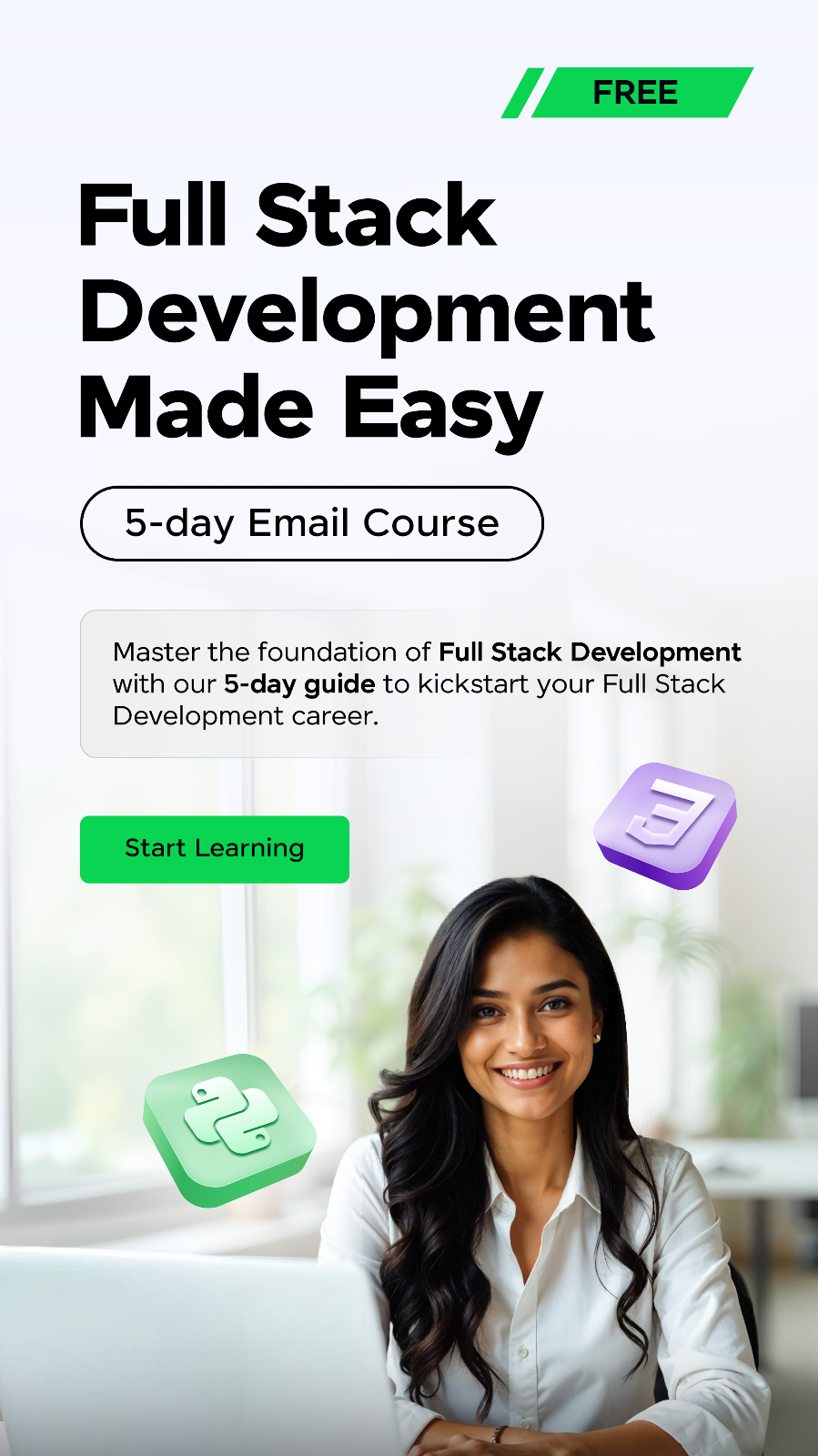
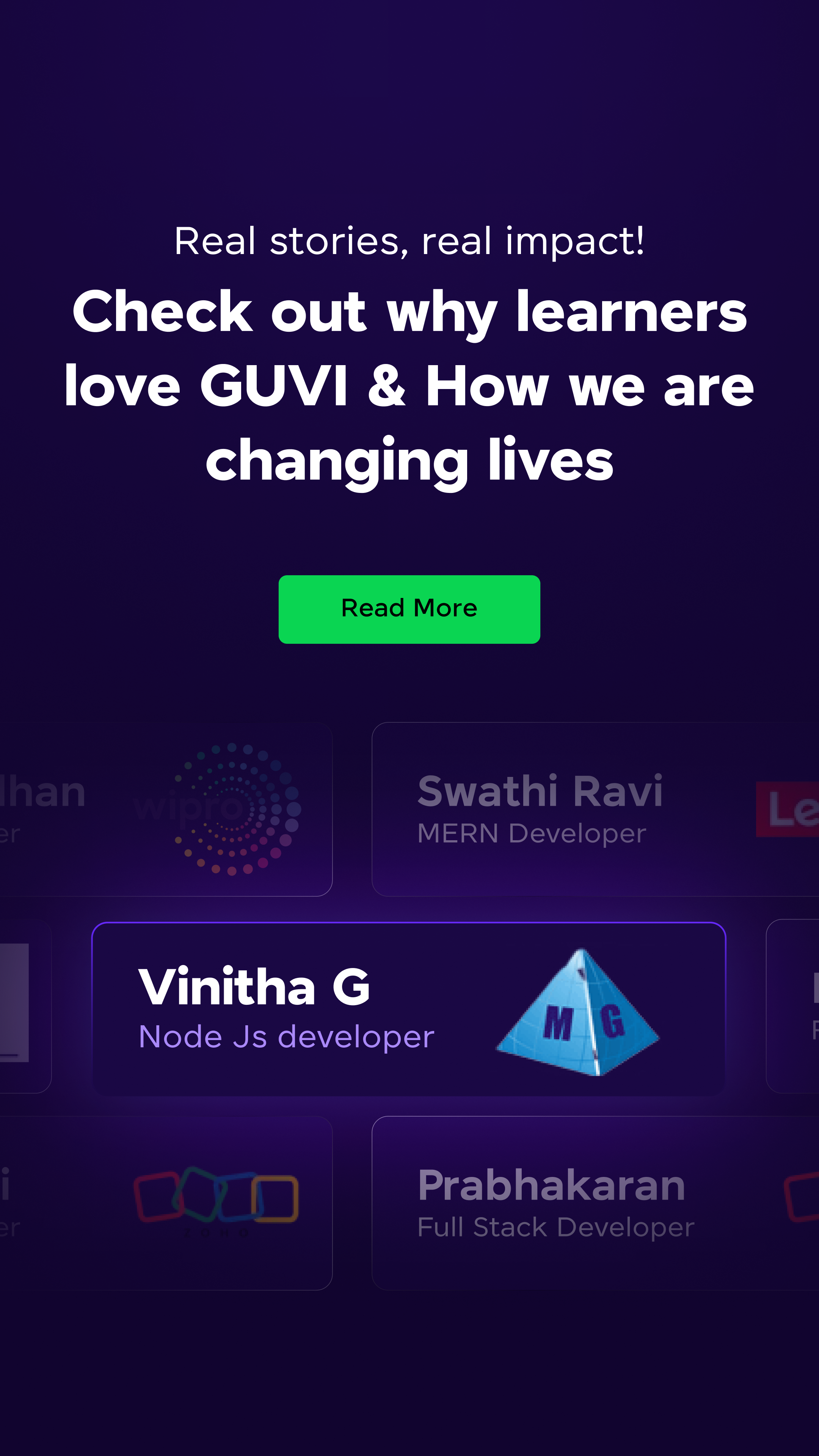







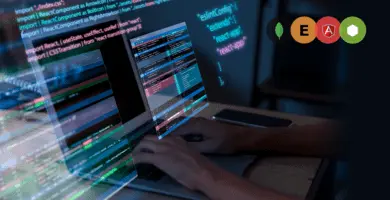
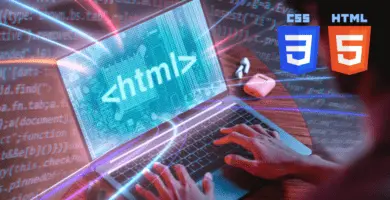





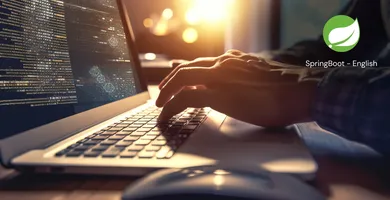


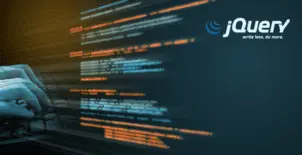

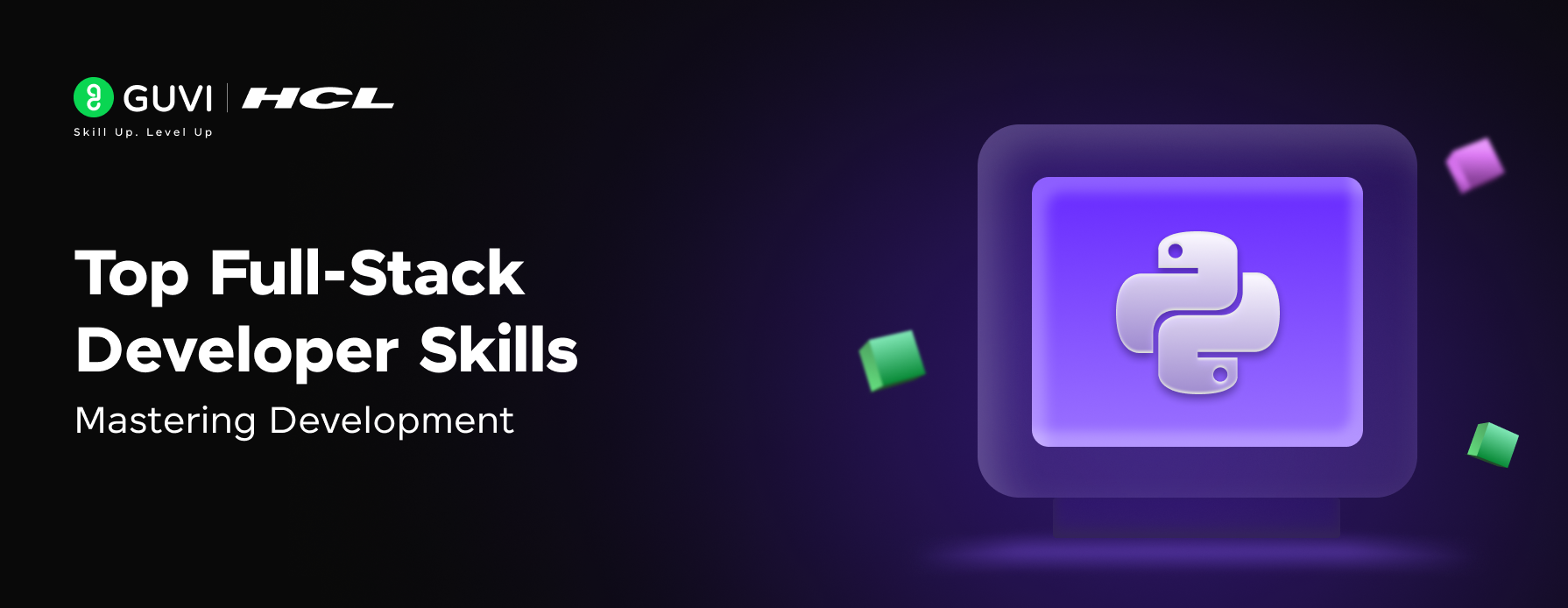
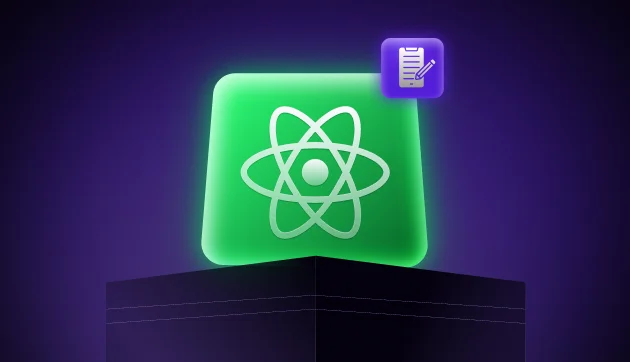
![Mastering jQuery Events: A Comprehensive Guide [2025] 3 Feature Image 8](https://www.guvi.in/blog/wp-content/uploads/2024/06/Feature-Image-8.png)
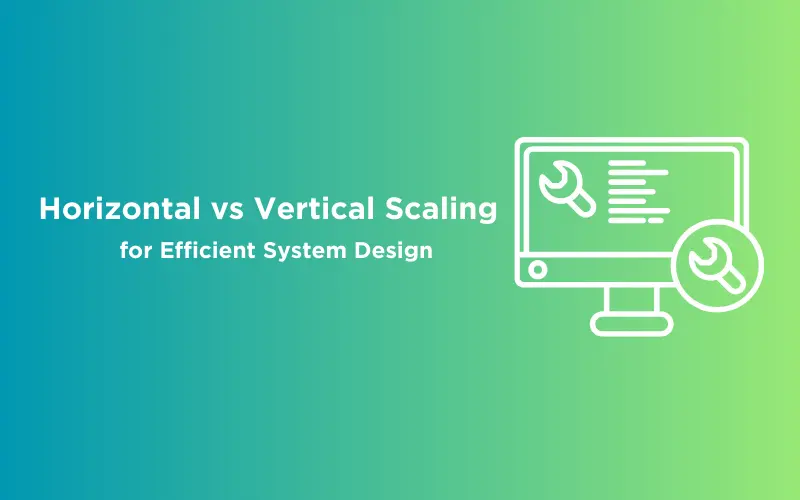
![Complete Job Description of a Frontend Developer [2025] 5 Top Frontend Developers_ Role, Responsibilities, and Skills](https://www.guvi.in/blog/wp-content/uploads/2024/02/Top-Frontend-Developers_-Role-Responsibilities-and-Skills.png)
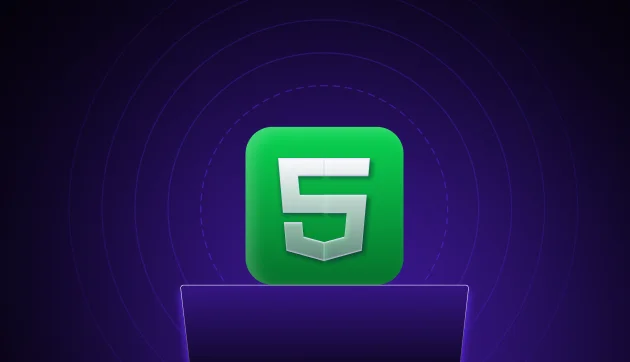
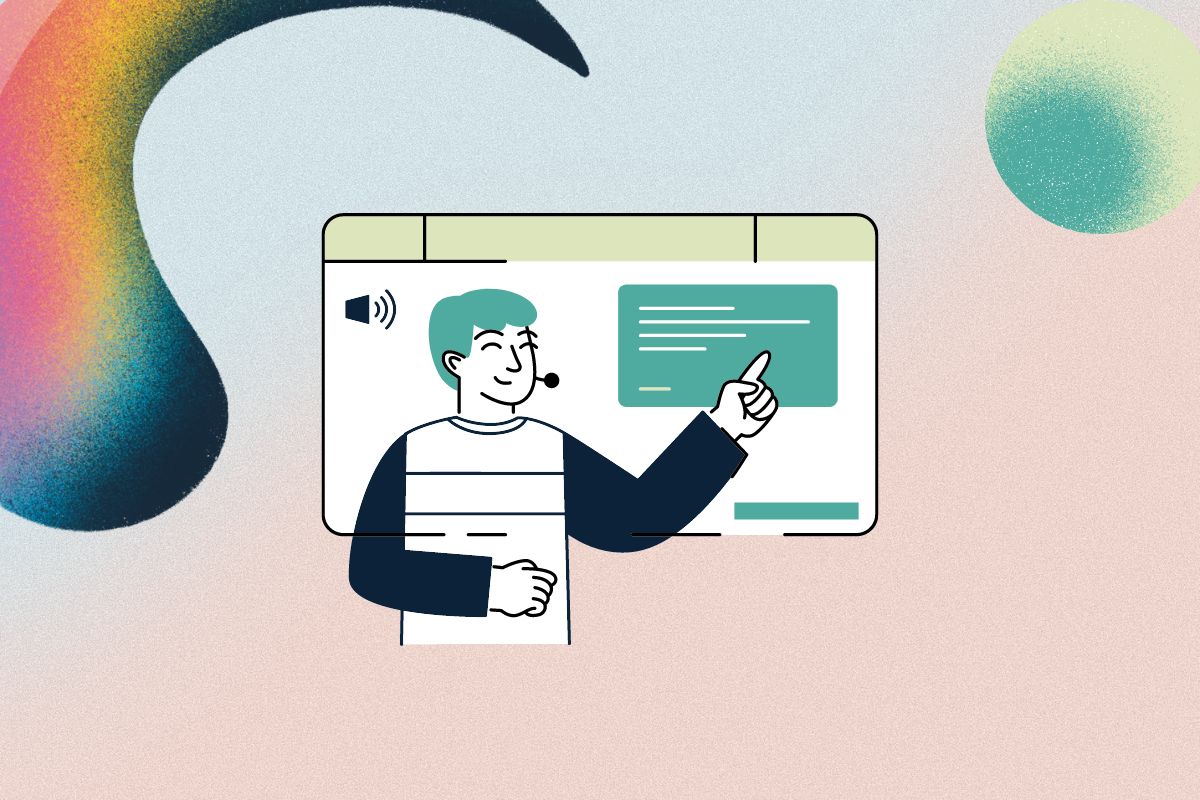

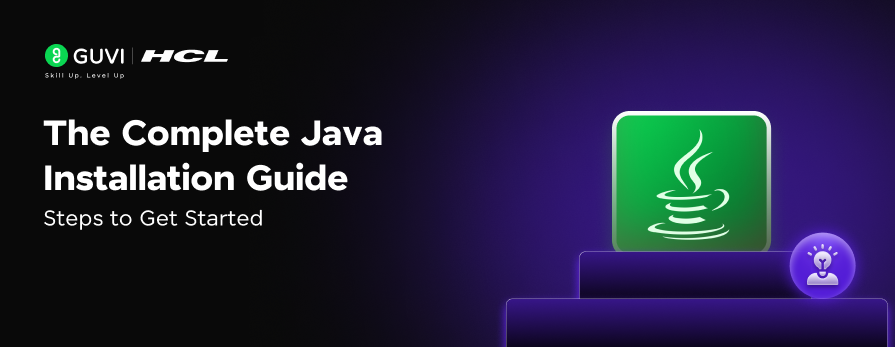
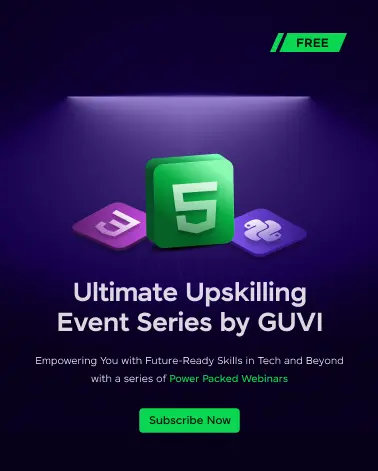
"Wow, what an insightful and well-written article on full stack java development! I truly appreciate the depth of knowledge and practical advice you’ve shared here. As someone who’s constantly exploring ways to refine and expand my understanding of full stack java development , your post has been incredibly valuable. The way yo broke down complex concepts into digestible sections made it not only easy to follow but also enjoyable to read.I especially loved your tips on UX/UI design.It's clear that you’re passionate about the subject, and it reflects in the quality of your content. Thank you for taking the time to share this—it’s inspired me to take a fresh approach to my own projects. Looking forward to reading more of your articles!"